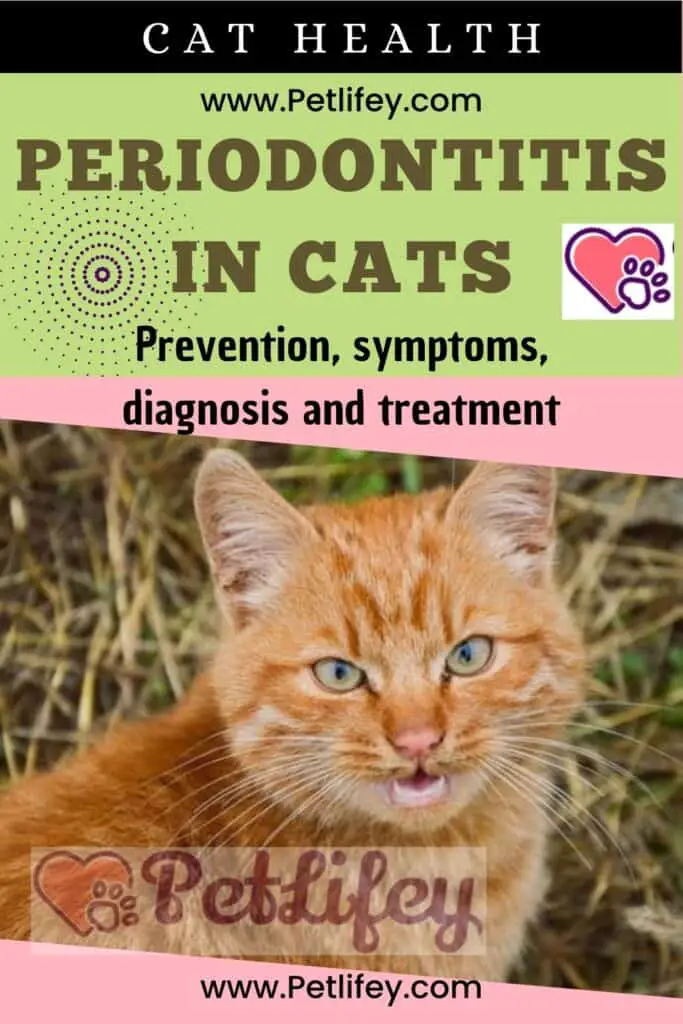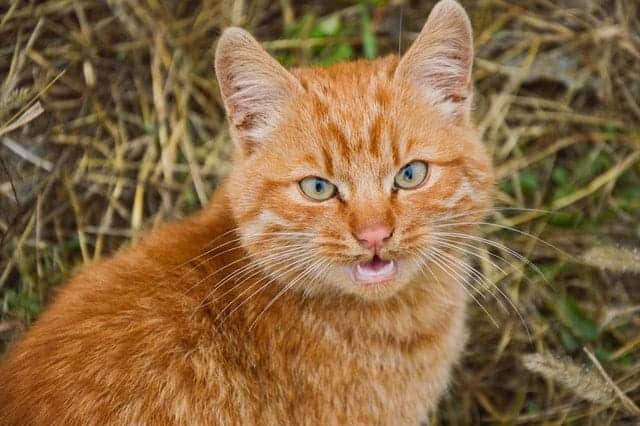
Periodontitis is a disease of the cat’s oral cavity. Let’s find out how it manifests itself, to which treatments to subject the cat and how to avoid it.
Periodontitis in cats is an inflammation involving the oral, lingual and oropharyngeal mucosa. It is a very common disease in felines, caused by the action of bacteria that, accumulating, determine the accumulation of plaque. What does this disease entail, how does it manifest itself and what are the cures? Let’s find out together, also understanding how you can prevent the onset of the pathology.
What is periodontitis in cats
Periodontitis is an inflammation that affects the cat’s gums, alveoli and periodontal ligaments. It is a disease similar to the one that affects humans, which if left untreated can have equally harmful consequences for the cat.
Despite the fact that this disease can arise in felines of any age, it is very common in cats up to 3 years. In fact, it is estimated that 80% of felines in this age group are affected by periodontitis.
Among other risk factors there are specific health conditions of the animal, as well as the particular predisposition of some breeds. These include the British Shorthair cat, the Persian, the Exotic Shorthairs and the Chinchilla.
As we have anticipated, the cause of this inflammation is represented by the accumulation of food residues and bacteria. Initially, a thin layer of transparent plaque is formed, which with the aggravation of the ailment takes on a whitish color.
What are the symptoms
How does periodontitis manifest itself in cats? Among the main symptoms are:
- Bad breath in the cat
- Bleeding gums
- Tooth loss
- Ulcers in the mouth
- Pain
- Lack of appetite and weight loss
- Abundant salivation
- Plaque extended to the gum
- Abundant tartar
If you notice these symptoms, talk to your veterinarian immediately. If neglected, in fact, the pathology can cause tooth loss and, in severe cases, fracture of the jaw. Not only that: the bacteria associated with periodontitis are able to move through the bloodstream.
This allows them to get to important organs such as the kidneys, liver and heart.
Diagnosis and treatment of periodontitis in cats
If the veterinarian suspects that the cat is suffering from periodontitis, it will carefully check the mouth of the animal and subject them to some tests, such as blood tests and x-rays. How is inflammation treated? Disinfectant drugs and antibiotics are usually used.
In addition, if necessary, you can proceed with the cleaning of the teeth of the feline, the extraction of non-recoverable teeth and any surgical operations on the oral cavity.
Following the therapy, it will be necessary to take care of the cat’s dental hygiene, as well as to make the animal follow a specially formulated diet and make periodic visits to the veterinarian, to avoid any relapses.
The importance of prevention

How to avoid the onset of this pathology? Prevention plays a key role. Ideally, it would be necessary to brush the cat’s teeth twice a day, using special toothbrush and toothpaste for cats.
In addition, it would be a good idea to subject the feline to periodic checks by the veterinarian, during which the professional can ascertain its health of the oral cavity. Cat feeding also plays a vital role in prevention.
In fact, cats can eat small amounts of food up to 20 times a day. For this, it is important to choose feed that can help reduce the presence of bacteria. For example, you can resort to special croquettes that perform an abrasive function, fighting the accumulation of plaque and tartar.






